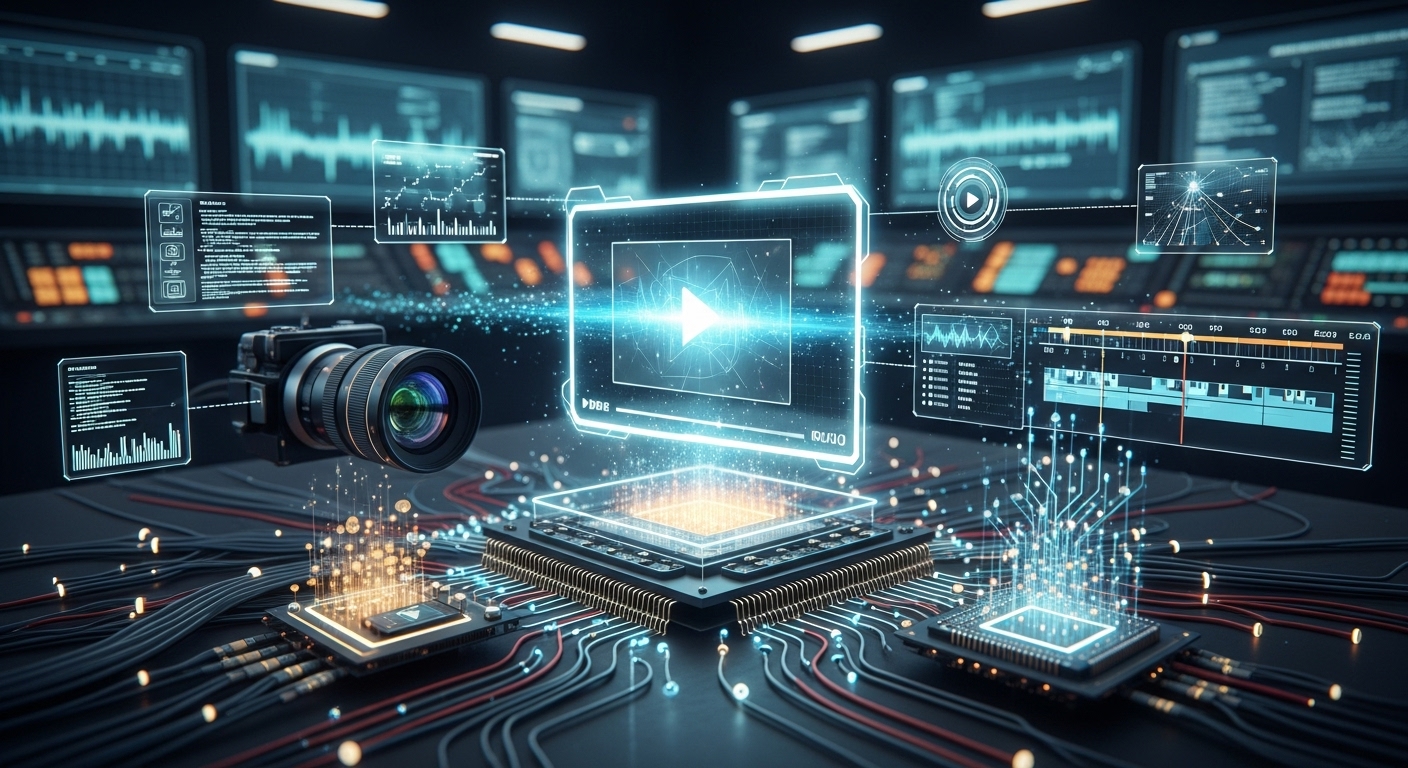Sports training has always been about pushing human performance to new heights. From the earliest days of athletic competition, athletes have sought better methods, tools, and techniques to refine their skills and gain an edge over their opponents. Over the years, innovations such as weightlifting equipment, advanced footwear, video analysis, and data-driven training systems have changed how athletes prepare. Now, the next great revolution is emerging through robotics. Robotics in sports training is transforming the way athletes practice, recover, and analyze their performances, opening possibilities that were once unimaginable.
Robotics is no longer a futuristic concept confined to science fiction. It is rapidly becoming a reality in industries like medicine, manufacturing, and even education. In sports, robotics promises to blend precision engineering with advanced technology to create training environments that are smarter, safer, and more effective. By combining robotics with artificial intelligence, biomechanics, and wearable technology, the future of sports training could be redefined in ways that enhance not only individual performance but also the sports experience as a whole.
The Role of Robotics in Modern Sports
Robotics in sports training is not entirely new. Machines have long been used for repetitive drills and endurance exercises, such as pitching machines in baseball or ball-serving robots in tennis. However, the new era of robotics goes far beyond these simple functions. Advanced robots can now replicate the movements of human opponents, simulate complex game situations, and provide real-time feedback to athletes.
These machines are designed with a high degree of precision, ensuring consistency that human trainers cannot always provide. For example, a robotic system can deliver the same type of serve in tennis a hundred times in a row, allowing players to practice against specific challenges. Robots can also be programmed to adapt and evolve, creating dynamic training experiences that more closely resemble real game conditions.
Robotics and Athlete Skill Development
One of the most significant impacts of robotics in sports training is on skill development. Athletes need thousands of repetitions to master techniques, and robotics offers the perfect solution for this requirement. Unlike human coaches or sparring partners who tire over time, robots can perform drills tirelessly, ensuring athletes get consistent and uninterrupted practice.
For instance, basketball players can practice free throws with robotic shooting machines that automatically return the ball. In soccer, robotic goalkeepers and ball machines can simulate different speeds, spins, and trajectories, helping strikers refine their accuracy. In boxing and martial arts, robotic dummies can mimic the speed and unpredictability of an opponent, challenging fighters to adjust their strategies on the spot.
By allowing for targeted repetition and variation, robotics makes skill training more efficient and effective, ensuring athletes are prepared for the many scenarios they may encounter in actual competition.
Injury Prevention and Recovery Through Robotics
Injury is one of the biggest threats to an athlete’s career. Robotics has the potential to revolutionize not only training but also injury prevention and recovery. Robotic systems can help monitor biomechanics and identify irregularities in an athlete’s movements, reducing the risk of repetitive strain injuries.
For example, exoskeletons and wearable robotic suits are being developed to assist athletes in performing strength training exercises with reduced strain on joints. These suits can provide resistance or support in ways that enhance muscle development while minimizing the risk of overuse injuries.
In recovery, rehabilitation robots play a crucial role. They can guide injured athletes through controlled exercises, ensuring correct movements and avoiding setbacks. Robotic-assisted physiotherapy can also accelerate recovery by allowing for precise, repetitive, and safe movements during rehabilitation sessions. This ensures athletes return to peak performance faster and with reduced risk of re-injury.
Data-Driven Insights from Robotics
Robotics in sports training is closely tied to data analytics. Modern robotic systems can collect and analyze vast amounts of information during training sessions. Sensors embedded in robotic equipment can track speed, force, reaction times, and biomechanics.
For athletes, this data provides valuable insights into strengths and weaknesses. Coaches can analyze the information to customize training programs tailored to each individual’s needs. For example, a tennis player may learn that their reaction time to left-handed serves is slower, allowing them to focus on this area. A basketball player could discover inefficiencies in their shooting motion and adjust accordingly.
These real-time insights, combined with robotic feedback, create a powerful feedback loop. Athletes not only train harder but also smarter, optimizing every aspect of their performance.
Robotics and Simulation Training
One of the most exciting frontiers of robotics in sports training lies in simulation. Robots can be designed to replicate real opponents with remarkable accuracy. This allows athletes to prepare for specific competitors or game situations without relying on human stand-ins.
In American football, robotic tackling dummies have been developed that mimic the movements of players, allowing teams to practice tackling drills safely. In soccer, robotic defenders can simulate the pressure of a real game, forcing attackers to make quick decisions. In tennis, robotic ball machines can mimic the style of certain professional players, helping athletes train for upcoming matches.
These simulations not only prepare athletes for physical challenges but also sharpen their mental focus. By repeatedly facing game-like conditions in training, athletes can develop strategies and confidence that translate to actual competitions.
The Role of Exoskeletons in Athletic Performance
Exoskeletons represent one of the most futuristic applications of robotics in sports training. These wearable robotic devices provide support and enhancement to human movement. For athletes, exoskeletons could be used to refine strength, endurance, and technique in ways that natural training cannot achieve.
For instance, an exoskeleton could be programmed to add resistance to a runner’s stride, building extra strength during training. In swimming, exoskeleton suits could analyze stroke mechanics and provide resistance for improvement. For rehabilitation, exoskeletons offer critical support for athletes recovering from leg or back injuries, guiding them through precise movements that ensure effective healing.
The use of exoskeletons bridges the gap between natural athletic ability and robotic enhancement, creating opportunities for athletes to push beyond traditional physical limits.
Robotics and Mental Conditioning
Sports are as much mental as they are physical. Robotics can also play a role in improving athletes’ mental conditioning. Robots can simulate high-pressure situations repeatedly, preparing athletes for the stress of real competition.
For example, a basketball player could practice free throws with a robotic system that creates simulated crowd noise and pressure scenarios. A soccer player could train penalty kicks against robotic goalkeepers programmed to replicate the movements of top professionals. These controlled stress environments allow athletes to build confidence and develop strategies for maintaining composure during critical moments.
By training the mind as much as the body, robotics helps athletes become more resilient and adaptable under pressure.
Integration of Robotics with Artificial Intelligence
The future of robotics in sports training lies in its integration with artificial intelligence. AI-powered robots can learn from data and adapt to each athlete’s style. Instead of delivering the same repetitive drills, these robots could analyze an athlete’s performance in real time and adjust training to target weaknesses.
For example, in boxing, a robotic sparring partner could increase speed or change its movement style based on the boxer’s responses. In baseball, a pitching robot could alter throws to simulate different pitchers. In cycling, robotic training systems could adjust resistance based on the athlete’s performance and fatigue levels.
This adaptability makes AI-driven robotics a powerful tool for creating personalized training programs that evolve alongside the athlete, ensuring continuous improvement.
Robotics and Accessibility in Sports
Robotics is not only transforming elite training but also making sports more accessible. Adaptive robotic systems can enable athletes with disabilities to participate and train effectively. For example, robotic prosthetics and exoskeletons allow para-athletes to enhance their performance and compete at higher levels.
These innovations are breaking barriers and opening opportunities for a more inclusive sporting environment. Robotics ensures that talent and passion, rather than physical limitations, define athletic participation and achievement.
Potential Challenges of Robotics in Sports Training
While the future of robotics in sports training looks promising, it also comes with challenges. Cost is one of the biggest barriers, as advanced robotic systems can be extremely expensive, limiting access to wealthy teams or organizations. There is also the risk of over-reliance on machines, which could reduce the role of human creativity and adaptability in training.
Ethical concerns also arise regarding the use of robotics in competitive environments. Questions about fairness, access, and the potential for performance enhancement beyond natural limits will need to be addressed. Balancing the benefits of robotics with the spirit of fair competition will be crucial as the technology advances.
The Future Outlook
Looking ahead, robotics in sports training will likely become more widespread and sophisticated. As costs decrease and technology becomes more accessible, even amateur athletes may be able to use robotic systems for training. Advances in AI, machine learning, and biomechanics will continue to enhance how robots interact with athletes, creating personalized and adaptive training experiences.
We may see robotic systems integrated into every aspect of sports training, from warm-ups and drills to recovery and analysis. Stadiums and training centers of the future could feature robotic assistants, sparring partners, and rehabilitation systems as standard. Robotics will not replace human coaches but rather complement them, providing tools that enhance decision-making and training strategies.
Conclusion
The future of robotics in sports training is one of limitless potential. From skill development and injury prevention to mental conditioning and inclusivity, robotics is poised to revolutionize how athletes prepare for competition. By combining precision engineering, data-driven insights, and artificial intelligence, robotics offers opportunities to train smarter, recover faster, and perform at higher levels.
While challenges around cost, accessibility, and ethics remain, the integration of robotics into sports is inevitable. As technology continues to advance, athletes will increasingly rely on robotic systems not as replacements for human ingenuity but as partners in achieving greatness. The stadiums, gyms, and training facilities of the future will likely be filled with robotic systems working alongside coaches and athletes, ensuring that the pursuit of human excellence continues to evolve.
In this evolving landscape, robotics will not just change how sports are trained—it will reshape the very definition of what is possible in human performance.


